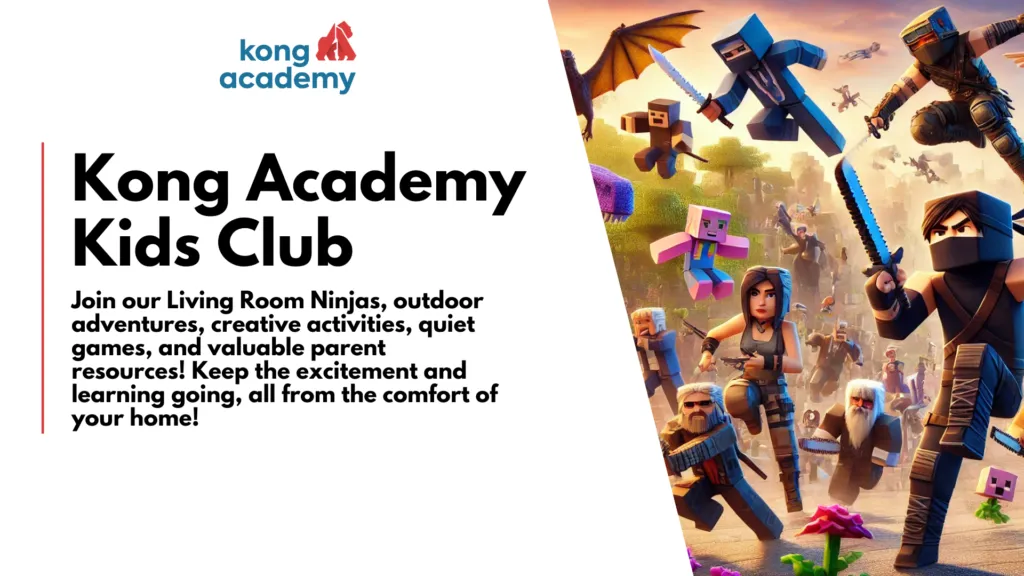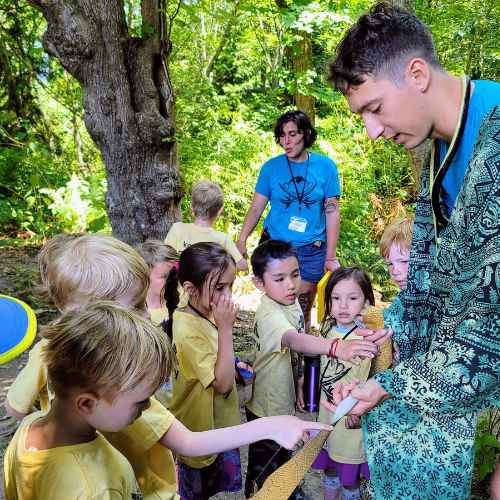
How Long Is Summer Break?
Let’s start with the big question: how long is this thing, really? In most U.S. school districts, summer break runs from early-to-mid June through late August, so it’s around 10 to 12 weeks total. That’s roughly 70–90 days (though kids swear it’s never long enough and parents often feel the opposite).
But whether it’s 70 days or 104, summer feels a lot longer when there’s no plan. The goal isn’t to schedule every second. It’s to set the tone. Choose one or two consistent things your child can count on, like weekly outings, a calm morning rhythm, or a fun evening ritual. That kind of predictability helps kids feel safe, even when everything else is more relaxed.
Is Summer Break Really 104 Days?
The “104 days of summer vacation” line comes from the Phineas and Ferb theme song (shout-out to anyone who now has it stuck in their head). And in reality, 104 days is an exaggeration. Most breaks are shorter, but they feel long, especially when kids don’t have anything meaningful to do.
This is where structured play matters. Not every moment needs structure, but boredom without purpose can lead to screen fights, sibling blowups, and aimless bouncing off the walls. Kids thrive when they get to choose how they play, but within a structure that keeps their brains and bodies engaged. You don’t need a Pinterest board. Just a few go-to games or rhythms can go a long way.
Is Summer Break Only 2 Months?
For some schools, yes. Especially in year-round districts or places with balanced calendars, summer break may be closer to 8 weeks. But even in shorter breaks, the downtime can create a skill slide… especially in executive function, social skills, and emotional regulation.
For the overscheduled kid:
During the school year, some kids go nonstop—school, lessons, tutoring, sports, rinse and repeat. Summer break becomes their only chance to decompress. But without a little support, rest can spiral into lethargy or anxiety. That’s why it helps to create a different kind of structure in summer; one that gives your child space to breathe while still keeping a light framework around the day. Think: a morning bike ride, an afternoon project, a quiet time built into the routine. These kids often need permission to slow down and permission to play.
How Long Is Summer Break In America?
Here’s the history:
The U.S. didn’t always have a standardized summer break. In rural areas, kids needed to be home to help with planting and harvesting, so schools were closed in summer. Urban schools originally stayed open year-round, but in the late 19th century, wealthier families pushed for a long summer break so they could travel and escape city heat.
So now? Most American kids get 10–12 weeks off.
Regardless of the reason it started, today’s summer break can be a major opportunity. When kids have time and space to move, imagine, build, rest, connect, and reset, they grow in ways school sometimes can’t make room for. It’s a different kind of learning… the kind that sticks.
Every Summer Break Has A Story. What’s Going To Be Yours?
Here’s the heart of it.
Summer break is going to leave a mark on your kid—especially if they’re younger. They might not remember every detail, but they’ll remember how they felt. Did they feel free? Included? Capable? Or bored, anxious, and disconnected?
For the deeply feeling kid:
Highly sensitive kids often struggle with the lack of routine in summer. Transitions are tough, emotions run high, and the unstructured vibe can feel chaotic or overwhelming.
The goal during the summer isn’t to make them toughen up. It’s to give them enough stability that they feel safe being themselves, whether that’s through regular playdates with one close friend, time in nature, or a simple routine that keeps the day predictable. These kids do best when they know what to expect and have plenty of emotional room to adjust.
So How Do You Make The Most Of Summer Break?
Start with these:
- Let go of the Pinterest guilt. You don’t have to “curate” your kid’s summer.
- Give them meaningful ways to move their body every day. (Cue: Kong parkour, freeze tag, lava floors, pirate games…)
- Build in social time with peers. Don’t underestimate how much they’re learning just from figuring out how to take turns or resolve a game-time conflict.
- Support their emotions. All the unstructured time in the world won’t help if your kid doesn’t feel safe expressing themselves.
- Get outside whenever you can. Nature doesn’t have to mean wilderness. A city park, a patch of grass, a trip to the beach, a walk through the woods… any place where your kid can breathe fresh air and move their body counts. Being outdoors lowers stress, boosts creativity, and gives their senses a break from screens and noise.
Summer Break Isn’t A Test—It’s A Season
You’re not being graded on how many enrichment activities you offer or how many memories you manufacture. Your kid doesn’t need a highlight reel… they need connection, space to move, and the chance to grow into themselves at their own pace.
Whether you’re juggling work and childcare, trying to keep boredom at bay, or just hoping to get through without anyone crying before breakfast, know this: you’re doing better than you think.
If you keep their body moving, their heart supported, and their brain a little challenged every now and then, you’re giving them what they actually need. And if some days look like popsicles and screen time and a total meltdown in the grocery store parking lot? It’s still summer. That’s still real life.
Need Help? We’ve Got You
If you’re in the Seattle area and looking for support, Kong Academy offers summer break camps built around movement, connection, confidence, and FUN. We don’t just keep kids busy. We help them grow.
Find your nearest location or learn more about what our summer looks like here:
Kong Academy Summer Camps

7-Day Crystal Shard Adventure
Unleash your child’s potential with our 7-day crystal shard movement adventure!




